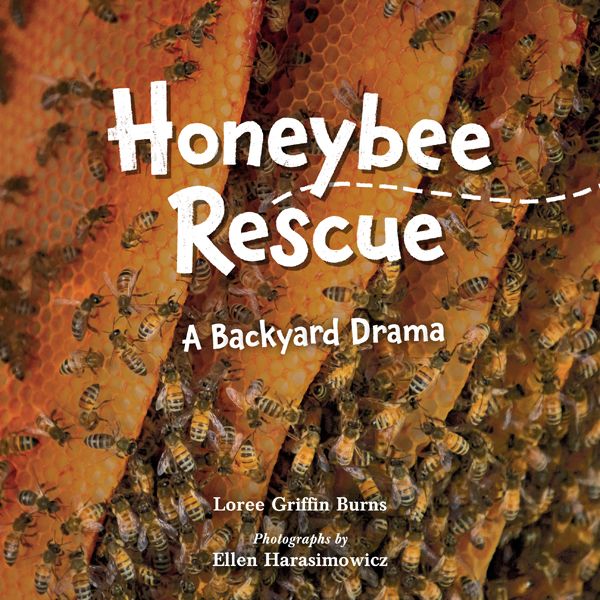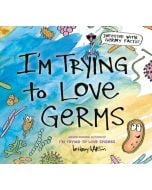
Honeybee Rescue: A Backyard Drama
By Loree Griffin Burns
Illustrators
Photographs by Ellen Harasimowicz
Edition
By Loree Griffin Burns
Hardcover edition
Publisher Charlesbridge Imprint Charlesbridge ISBN9781623542399
Honeybee Rescue: A Backyard Drama
 21.24
21.24
Out of stock
SKU
9781623542399J
Fans of the Scientists in the Field series will love discovering ways to save and protect bees through the eyes of a honeybee rescuer.
Follow honeybee rescuer Mr. Nelson as he expertly removes a colony of bees from Mr. Connery’s barn (with a vacuum!) and helps it relocate back to a hive. Photographs of Mr. Nelson’s relocation of the colony help bring the honeybee rescue to life.
Nature lovers and scientists-to-be will be abuzz as they learn all the ways to keep honeybees (and our ecosystem) safe.
Follow honeybee rescuer Mr. Nelson as he expertly removes a colony of bees from Mr. Connery’s barn (with a vacuum!) and helps it relocate back to a hive. Photographs of Mr. Nelson’s relocation of the colony help bring the honeybee rescue to life.
Nature lovers and scientists-to-be will be abuzz as they learn all the ways to keep honeybees (and our ecosystem) safe.
“An Interview with Mr. Jon Nelson, Bee Rescuer." Bee rescue resources. Glossary. Author’s note. Sources.
Suggestions for further reading. Full-color photographs.
|
Standard MARC Records Cover Art |
Nonfiction Early Elementary (Grades PreK-2)
Nonfiction Early Elementary
Nonfiction Early Elementary (Grades PreK-2)
For Grades PreK-2
This collection introduces early learners to science, history, animals, and more with 12 beautifully illustrated nonfiction books per year. With easy-to-follow narratives and interactive storytelling, these selections inspire curiosity and a love for learning.
12 books per Year
$242.16 per Year
Interests
Animals, Beginning Readers, Nonfiction, Picture Books, Science/STEAM, Storytime/Read Alouds




